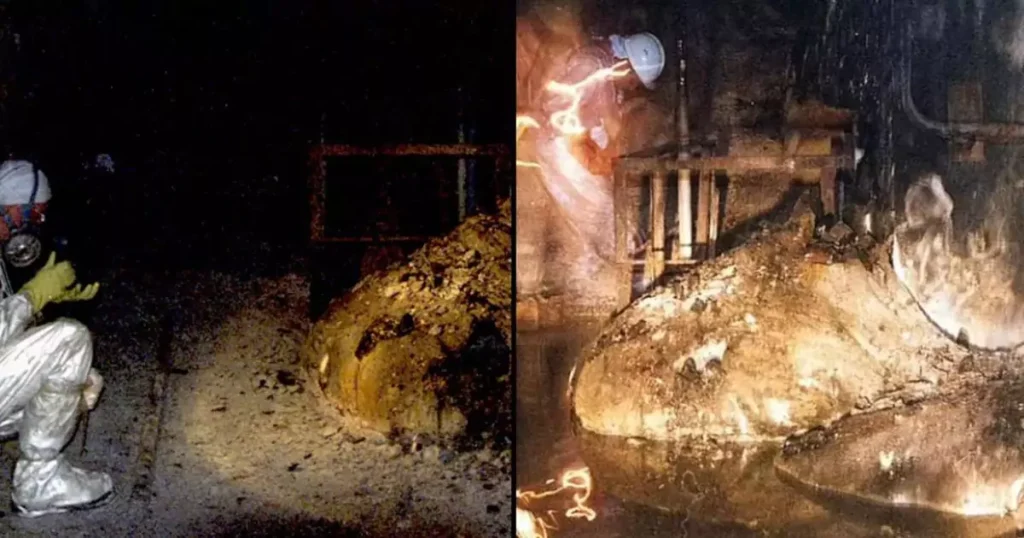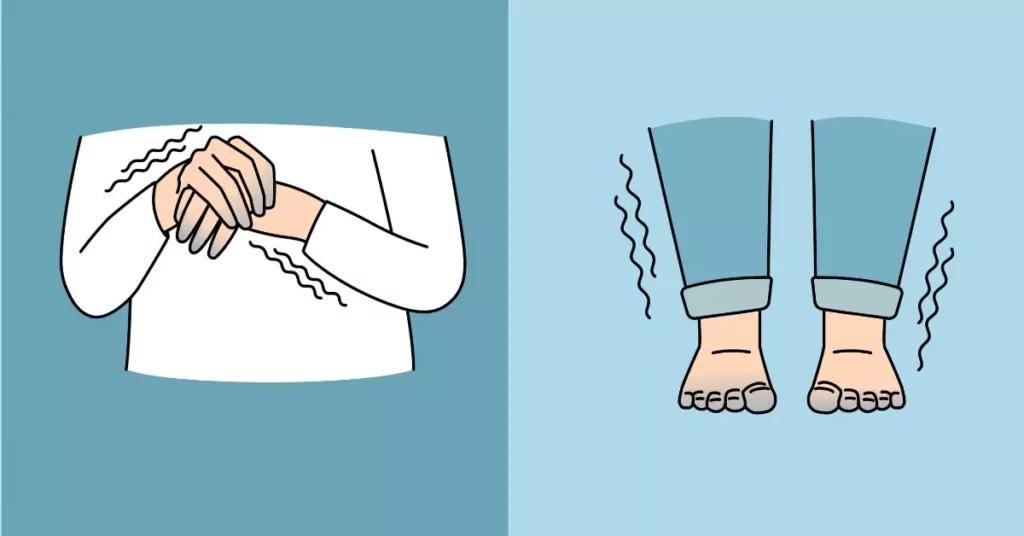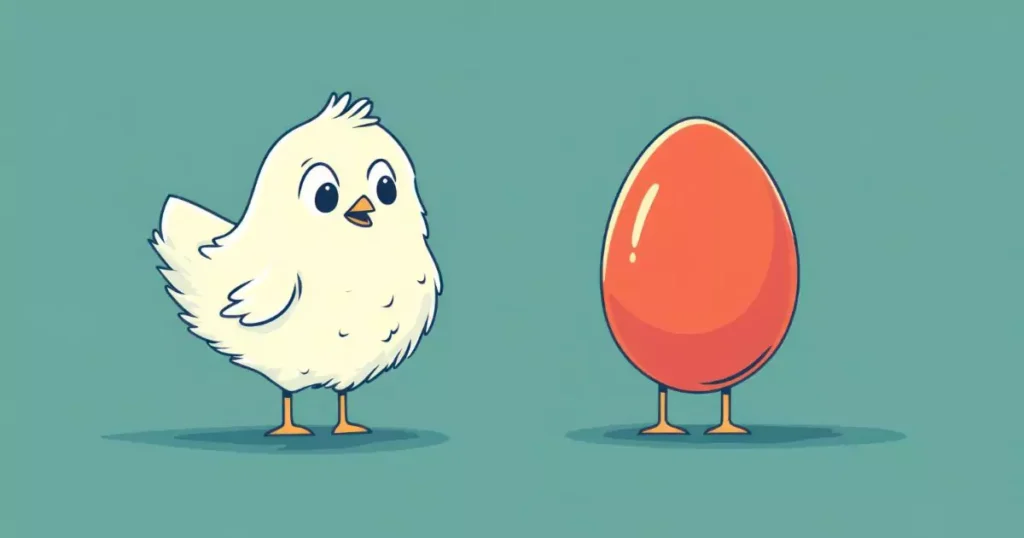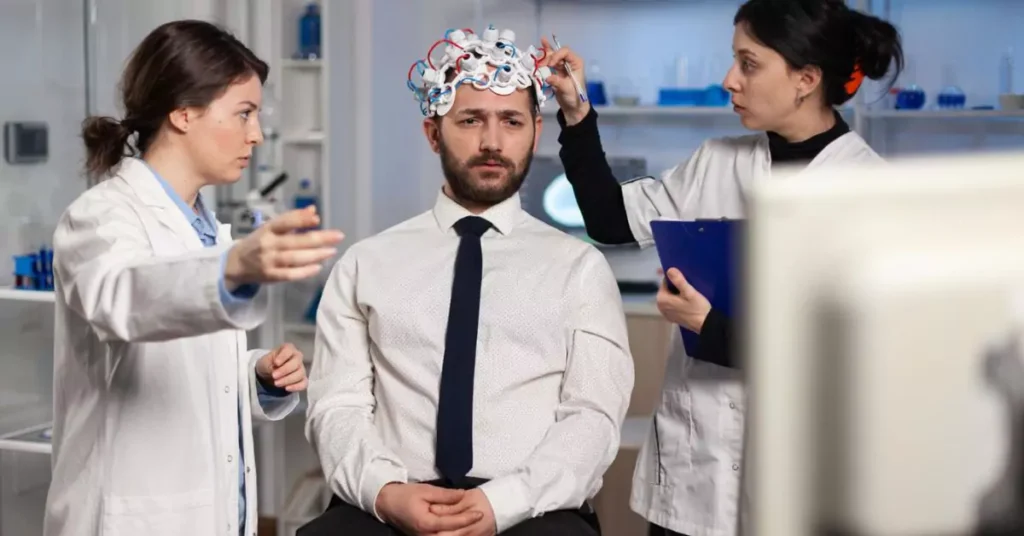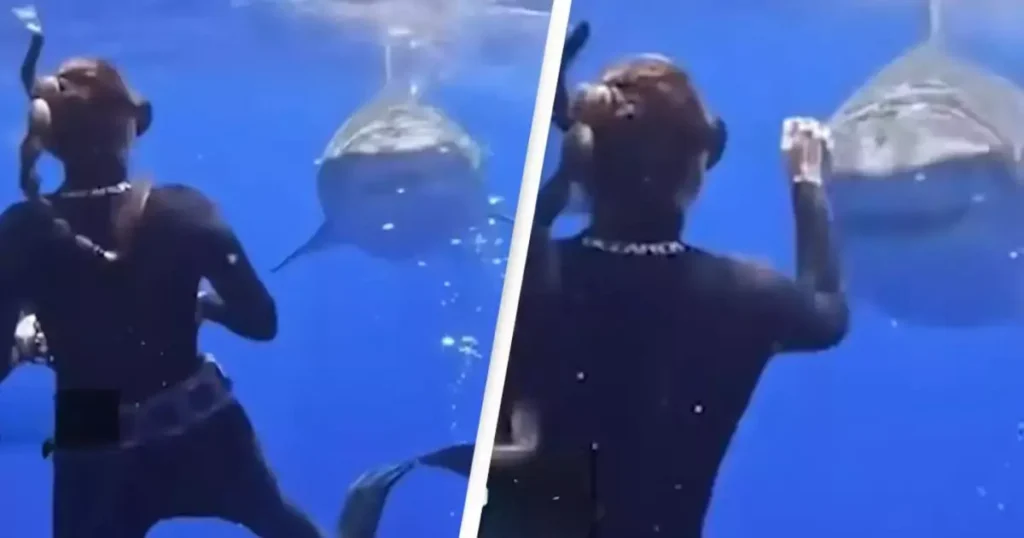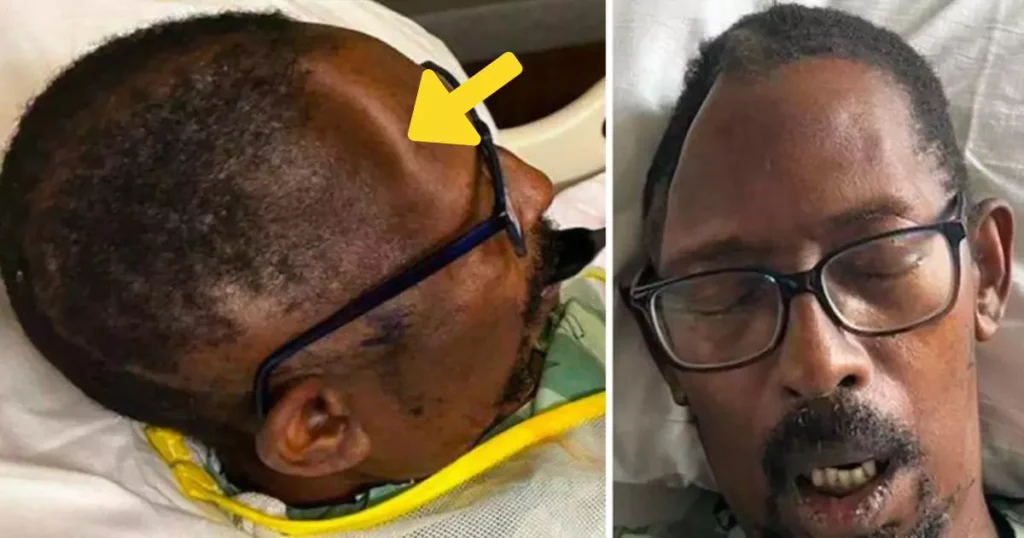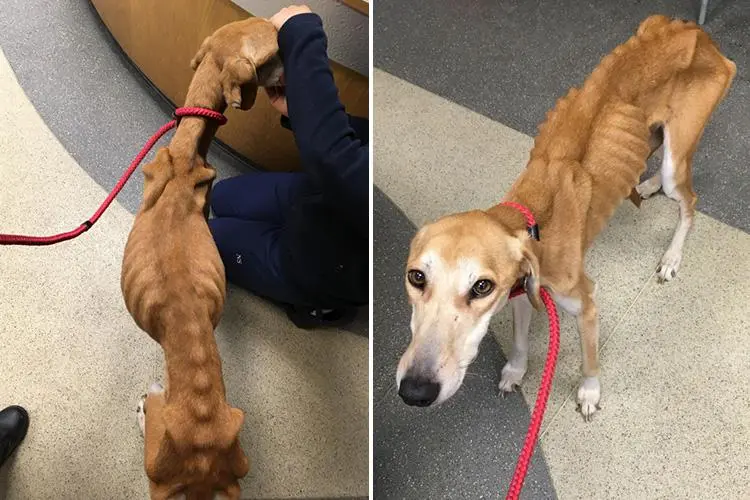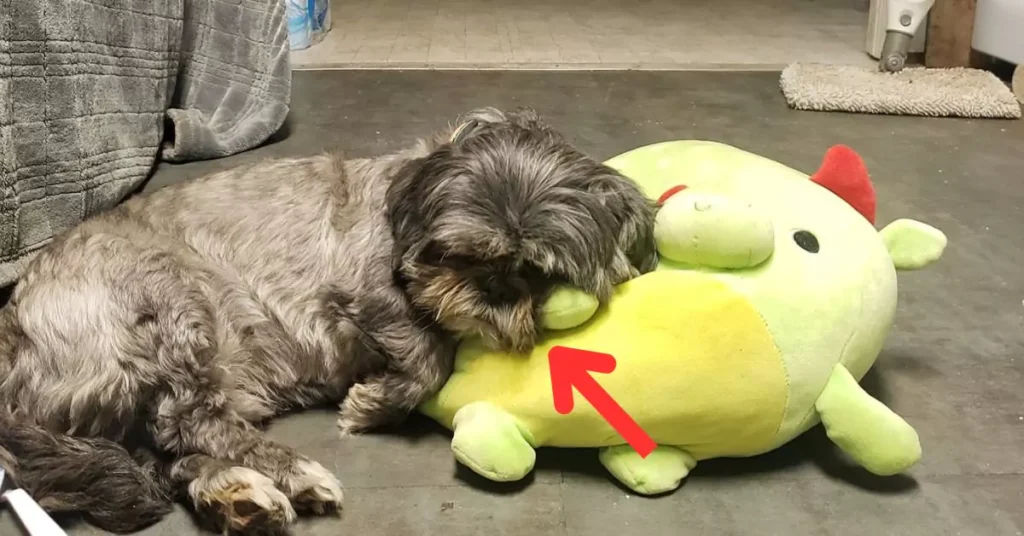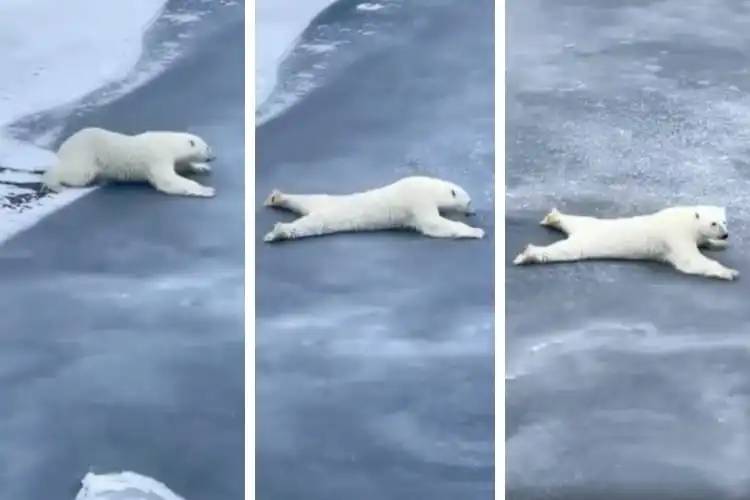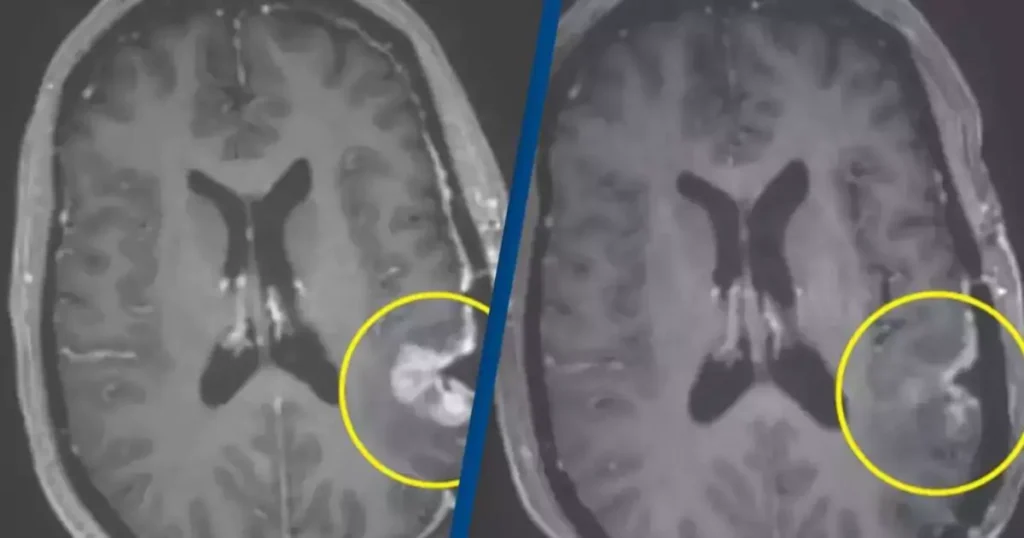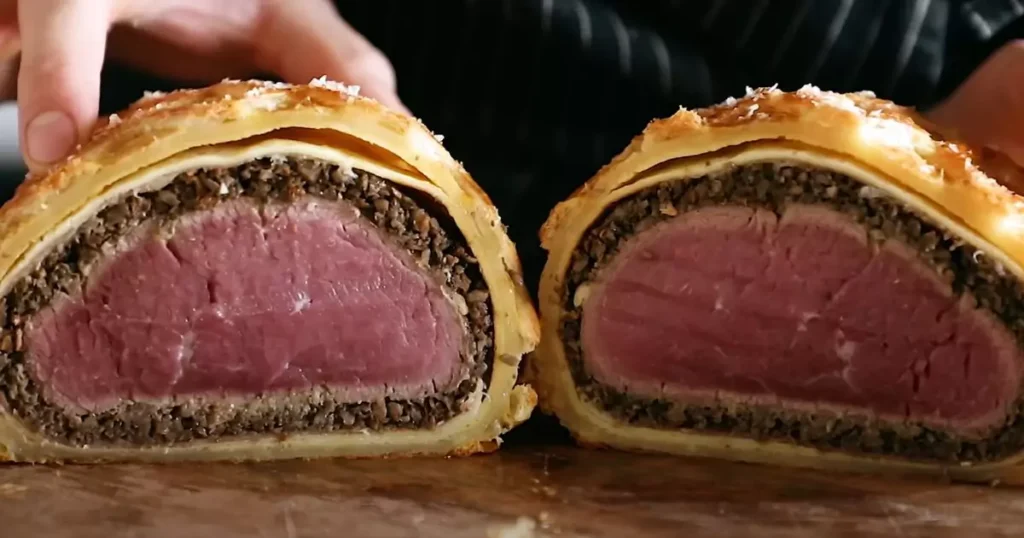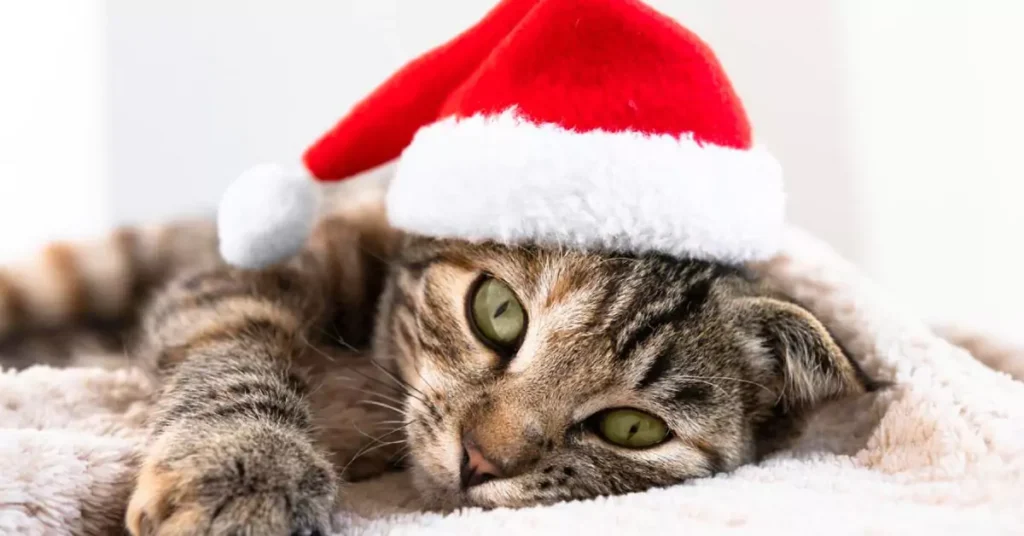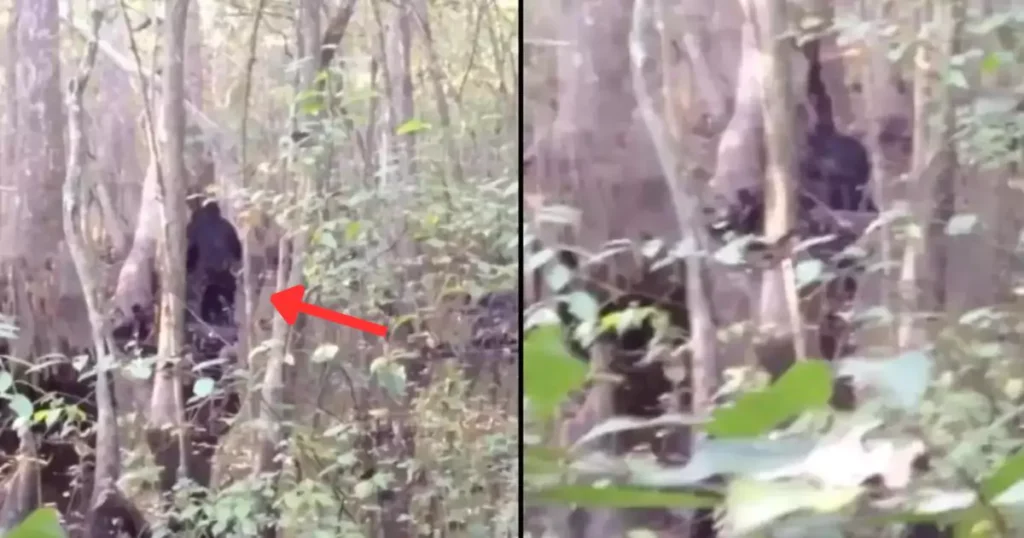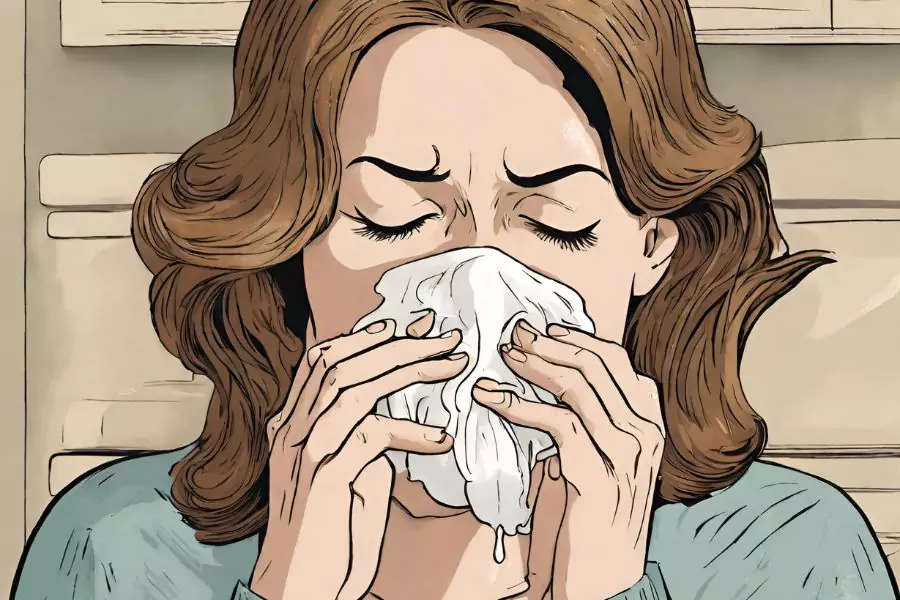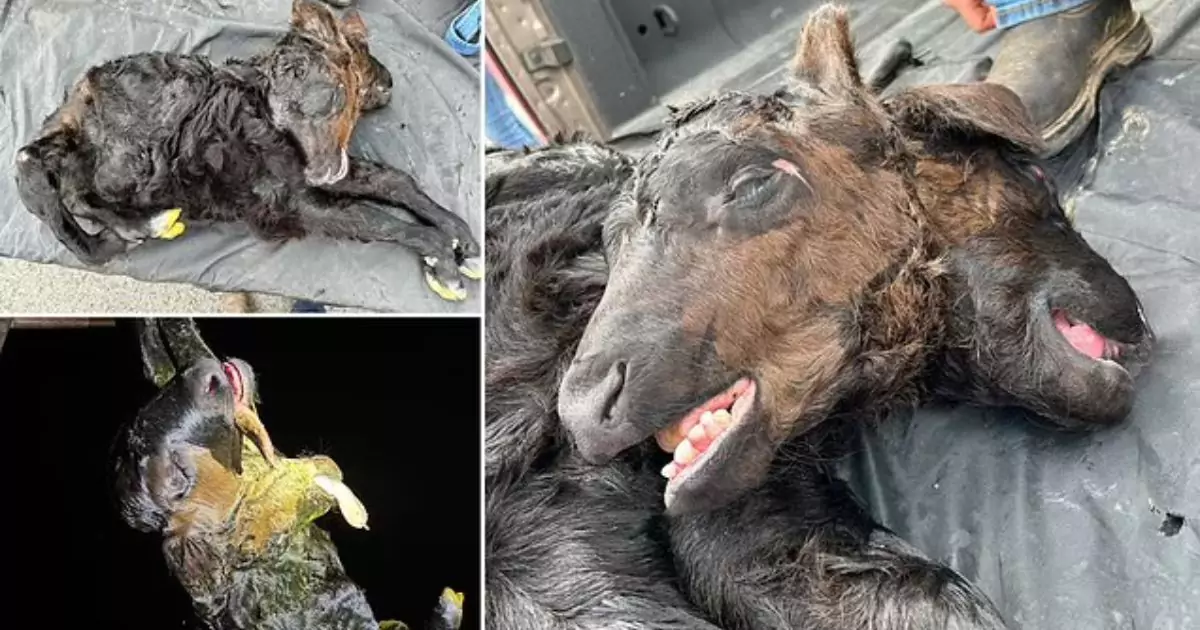
Warning: This article contains images of a deceased animal which readers may find distressing.
The birth of a two-headed calf in Kentucky left farmers and geneticists in awe. Polycephaly, a rare genetic mutation, results in animals being born with multiple heads. This extraordinary event is incredibly rare, occurring in only 1 in 400 million births. It has captivated attention and prompted many to ask about the science behind such an anomaly.
In this article, we’ll explore the genetics behind polycephaly, the impact it has on animal health, and why it’s such a rare phenomenon. We will also address common questions surrounding this mutation while optimizing for key search engine queries.
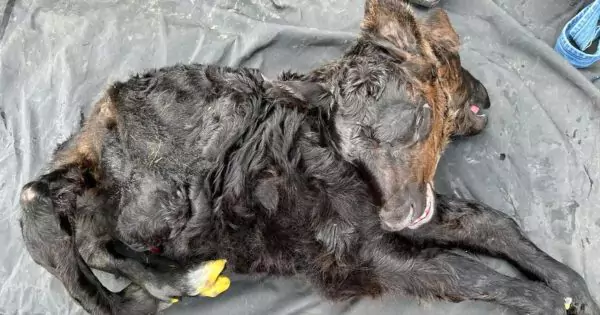
What is Polycephaly? Understanding the Rare Genetic Mutation
Polycephaly is a condition where an animal is born with more than one head. The term comes from the Greek words “Poly” (many) and “Kephalē” (head). In this Kentucky case, the calf had four eyes, four ears, two noses, two mouths, and two heads. This mutation occurs during the embryonic development stage when gene expression is disrupted.
Though polycephaly is rare, it has been documented across several species, including reptiles, birds, and even humans. Genetic experts agree that polycephaly results from random disruptions during development rather than being an inherited trait.
The Kentucky Calf: A One-in-400-Million Phenomenon
Farmers in Edmonson County, Kentucky, were astonished when a cow gave birth to a calf with two heads. Agricultural student Cassie Tater noted the calf was not just polycephalic, but also suffered from multiple deformities. It had an inverted spine, a cleft palate, malformed legs, and a short tail. Despite being born alive, the calf’s numerous deformities made it impossible for it to survive long after birth.
Animals with polycephaly rarely survive. The shared organs and heads create complications that affect vital functions. As a result, polycephalic animals often face severe health challenges that lead to premature death.
Why Does Polycephaly Happen? Uncovering the Genetic Science
Polycephaly occurs when gene expression is disrupted during the early stages of embryo development. This disruption can happen due to various factors. One theory suggests that it results from errors during DNA replication. Another theory suggests that polycephaly occurs when two embryos fuse during development, creating a single body with two heads.
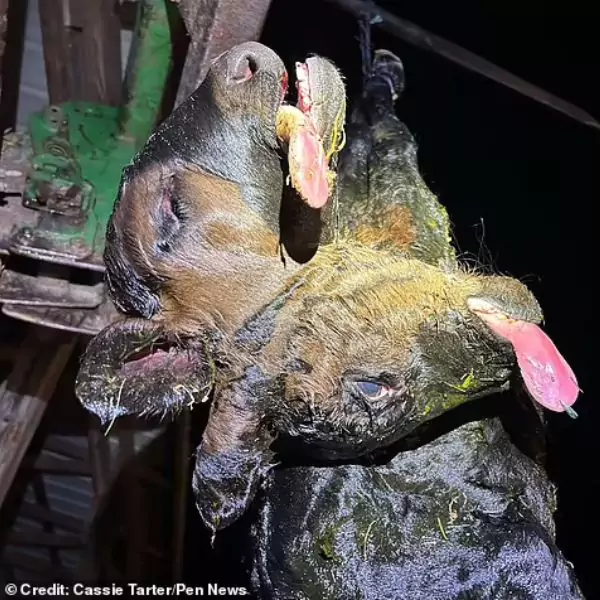
Dr. Alaina Macdonald, a geneticist, explained that even small disruptions in gene expression can lead to abnormalities. In the case of polycephaly, these abnormalities manifest in the form of multiple heads. Polycephaly is not a hereditary trait, meaning it cannot be predicted or prevented.
Health Challenges Faced by Polycephalic Animals
Polycephalic animals like the Kentucky calf often face numerous health complications. In this case, the calf’s two heads made it difficult for it to move and feed. The inverted spine, along with other deformities, further complicated its ability to survive.
An autopsy revealed that the calf’s organs were typical of a normal calf, ruling out the possibility of conjoined twins. This discovery indicates that the abnormalities were due to random genetic disruptions rather than an incomplete twin.
A Learning Experience for Veterinarians and Geneticists
Despite the sad outcome, Cassie and her classmates at Western Kentucky University used the calf as an educational opportunity. They performed an autopsy to better understand the condition and how it affected the animal’s physiology. While the calf’s death was unfortunate, it provided valuable insight into polycephaly, helping researchers and veterinarians learn more about this rare genetic condition.
How Rare Is Polycephaly?
Polycephaly is extremely rare, with only a handful of documented cases in animals worldwide. The odds of a cow being born with two heads are about 1 in 400 million. Polycephaly has been observed in several species, including snakes, turtles, and frogs. Most of these animals do not live long due to their severe deformities.
Can Polycephalic Animals Survive Long-Term?
There are a few instances where polycephalic animals have lived longer than expected. For example, a two-headed snake lived for several years in captivity. However, these cases are exceptions. Most polycephalic animals die shortly after birth due to the physical complications caused by their condition. Their abnormal physiology makes it difficult for them to perform essential functions such as eating, breathing, and moving.
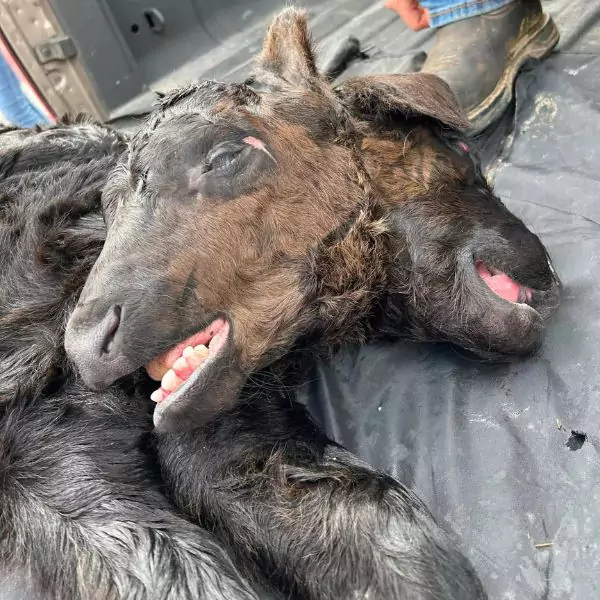
Common Questions About Polycephaly Answered
What Causes Polycephaly?
Polycephaly is caused by random genetic mutations that occur during embryonic development. These mutations are not hereditary and can happen due to disruptions in DNA replication or the fusion of two embryos.
Can Polycephaly Be Prevented?
Since polycephaly occurs randomly during the development process, it cannot be predicted or prevented.
Have Polycephalic Animals Survived Long-Term?
A few polycephalic animals have survived longer than expected, but most face severe health challenges that limit their lifespan.
What Happens to Polycephalic Animals After Birth?
Polycephalic animals often struggle with movement, feeding, and basic bodily functions. As a result, they rarely survive long after birth.
Nature’s Genetic Mysteries Revealed
The Kentucky calf’s birth offers a rare look into the complexities of genetic mutations. Polycephaly remains one of the most uncommon and intriguing genetic conditions. While it is a tragic outcome for the animal, it provides scientists and veterinarians a unique learning opportunity.
By studying these rare cases, experts gain valuable insights into the genetic processes that shape life. Although the odds of encountering another two-headed animal are astronomically low, the scientific knowledge gained from these rare events helps us better understand the intricate workings of nature.
If you found this article insightful, be sure to follow our blog for more stories on rare genetic mutations and veterinary science. Subscribe for the latest updates and expert analysis on fascinating animal biology.







